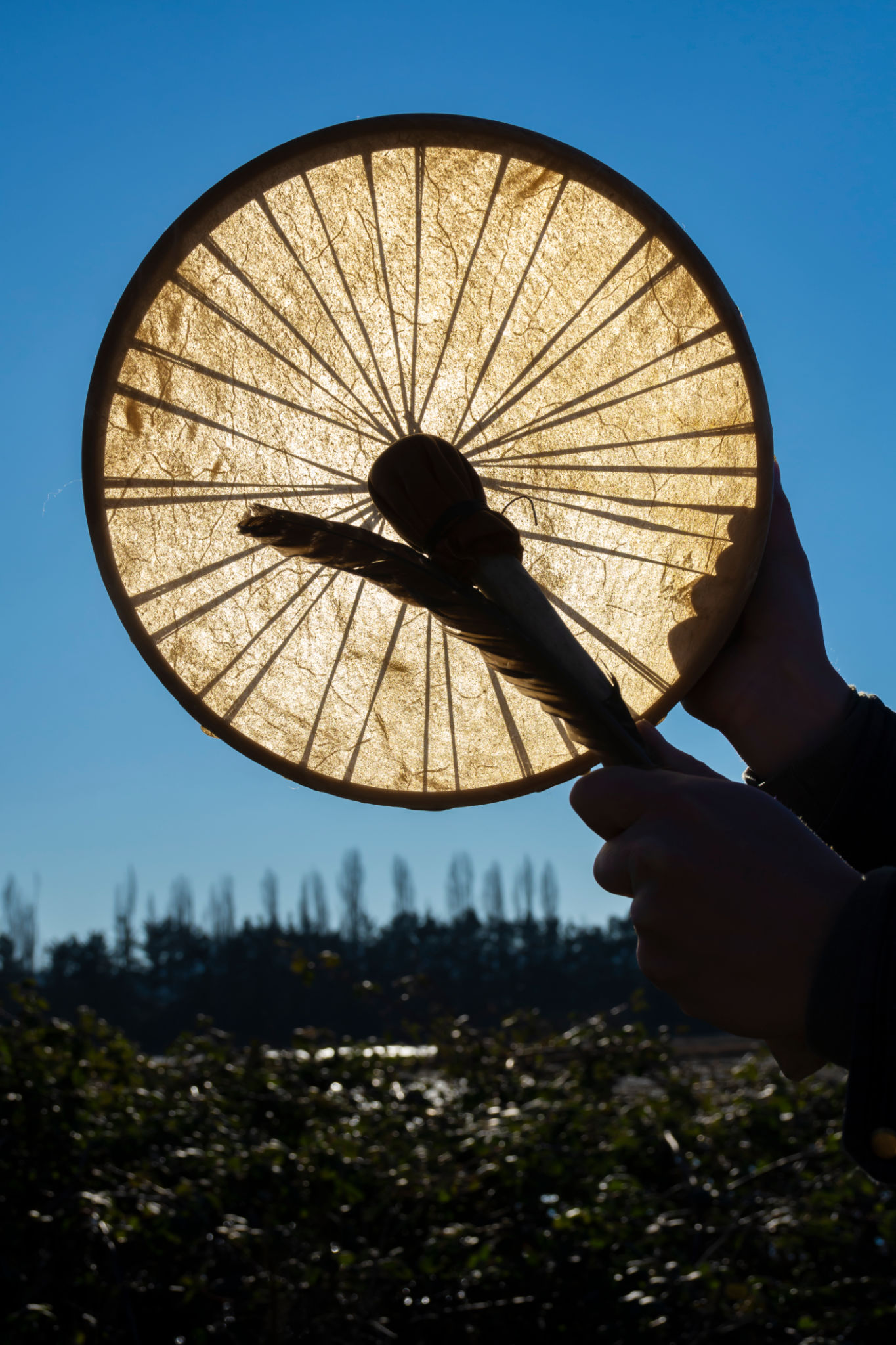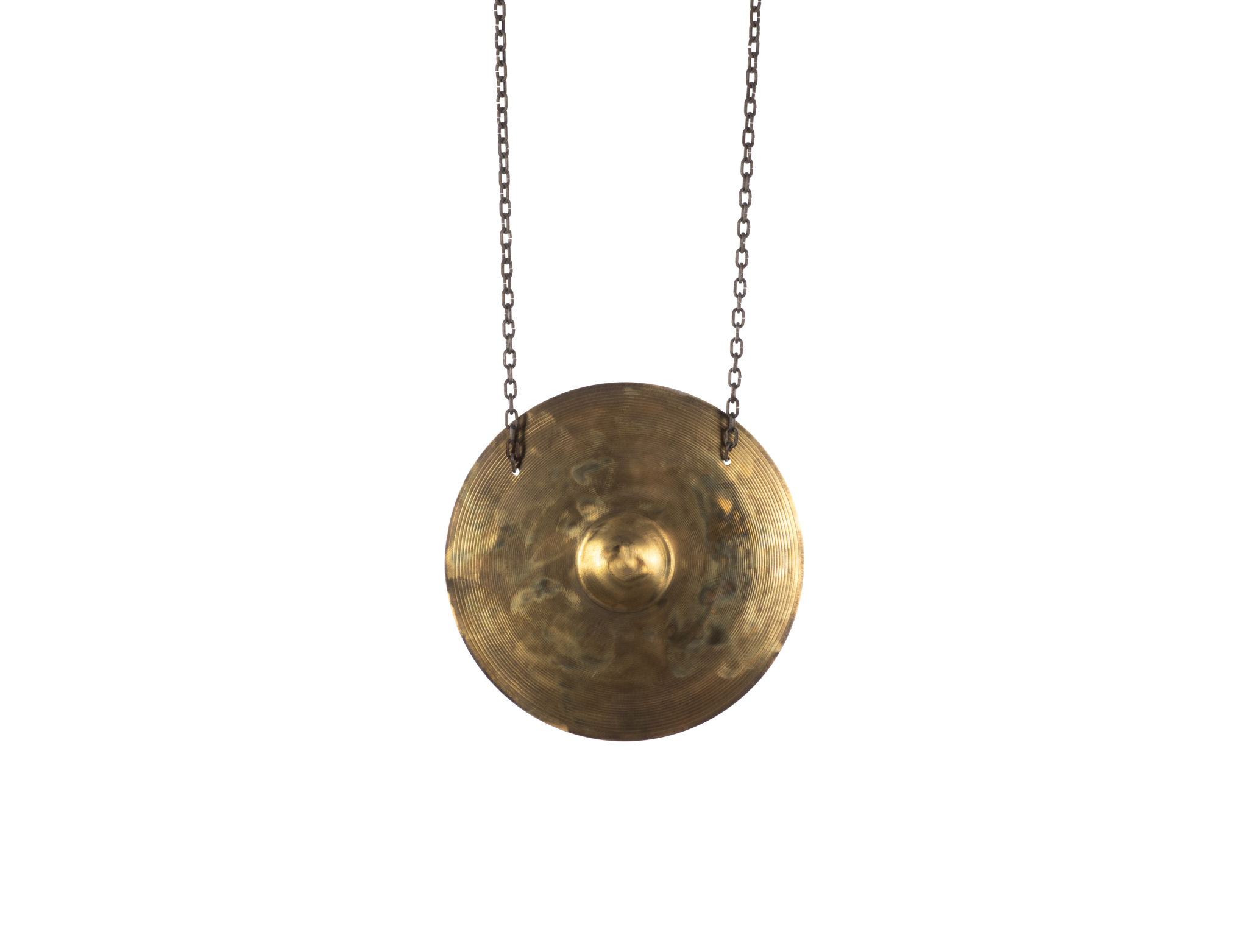Shamanic Practices in Queensland: A Deep Dive into Local Traditions
Exploring the Roots of Shamanic Practices
Shamanic practices have been a significant part of indigenous cultures worldwide, and Queensland is no exception. These ancient traditions, deeply rooted in the spiritual and cultural heritage of the region, offer profound insights into healing and connecting with nature. In Queensland, shamanism is practiced by both indigenous communities and those who have adopted these rich traditions to enhance their spiritual journeys.
The essence of shamanic practices in Queensland is often centered around the belief in a spiritual connection between humans and nature. This connection is seen as a path to healing, wisdom, and understanding, where shamans act as mediators between the physical and spiritual worlds. Their role is to guide individuals in finding balance and harmony within themselves and their environment.

The Role of Nature in Shamanism
Nature plays a crucial role in shamanic practices in Queensland. The diverse landscapes, from lush rainforests to arid outbacks, provide a rich tapestry for spiritual exploration. Shamans in this region often use natural elements like stones, plants, and water in their rituals, believing these elements hold powerful energies that can aid in healing and transformation.
Many shamanic ceremonies are conducted outdoors, where participants can immerse themselves in the natural surroundings. These rituals often involve chanting, drumming, and dancing, creating a rhythmic connection with the earth's energies. Such practices are believed to help participants enter altered states of consciousness, facilitating deeper spiritual experiences.

Common Shamanic Rituals and Ceremonies
Shamanic rituals in Queensland are as varied as they are profound. Some of the most common ceremonies include:
- Healing Sessions: These involve energy work, where shamans cleanse negative energies and restore balance to individuals' bodies and spirits.
- Vision Quests: Participants embark on personal journeys often in solitude to seek guidance and insight from the spiritual realm.
- Drumming Circles: Community gatherings where rhythmic drumming is used to induce trance-like states for collective healing and unity.
These practices are not only spiritual experiences but also serve as community-building activities that strengthen bonds among participants.

The Influence of Indigenous Culture
Indigenous Australian culture has a profound influence on shamanic practices in Queensland. The rich traditions of Aboriginal peoples, with their deep reverence for the land and ancestral spirits, form the backbone of many local shamanic rituals. Dreamtime stories, which convey the spiritual beliefs and moral codes of Aboriginal people, often serve as guiding narratives in these practices.
Furthermore, traditional Aboriginal healing techniques are integrated into modern shamanic practices. These techniques emphasize the interconnectedness of mind, body, and spirit, offering a holistic approach to wellness that resonates deeply with many practitioners today.

Modern Adaptations and Global Interest
In recent years, there has been a growing interest in shamanic practices from people outside indigenous communities. Many individuals seeking spiritual growth have turned to these ancient traditions for guidance. As a result, modern adaptations have emerged, blending traditional shamanic elements with contemporary spiritual practices.
This global interest has also led to workshops, retreats, and gatherings focused on shamanism in Queensland. Such events attract participants from around the world who are eager to learn about these practices and incorporate them into their own spiritual journeys.
The fusion of ancient traditions with modern interpretations showcases the adaptability and timeless relevance of shamanic practices. Whether for personal healing or community connection, these rituals continue to offer profound insights into the human spirit and our place within the natural world.